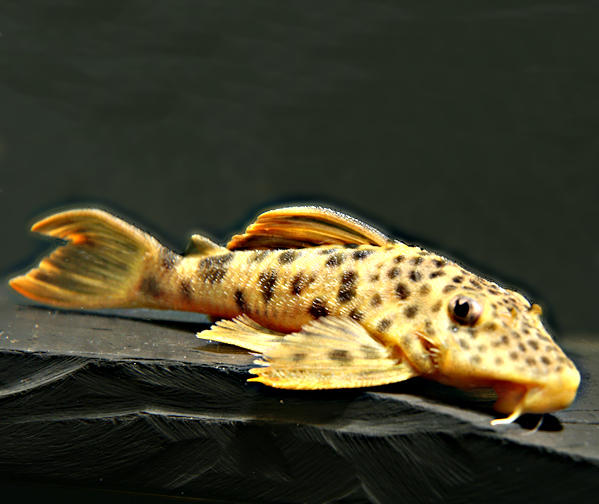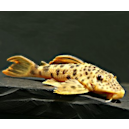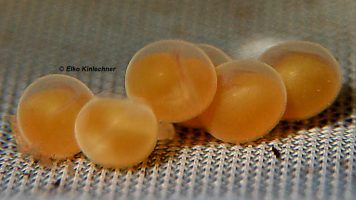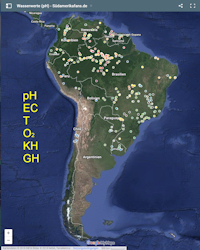Hello catfish freaks,
today I would like to introduce you in an article of the current issue of DATZ.
Steven Grant, Jacqueline Heijmen Bennett-Leaver and Haakon Haagensen “A new pleco from Río Vaupés basin (Colombia)” (“Ein neuer L-Wels aus dem Río-Vaupés-Einzug (Kolumbien)”)
In this article the authores exponer that we have three different species in trade which all called as Hypancistrus inspector.
The holotype and a paratype from Hypancistrus inspector were catched in the Río Casiquiare.
A similar pleco from Río Vaupés (Kolumbien) get the L-number L501 (Hypancistrus sp. „L 501“ or Hypancistrus cf. inspector “L 501”). The adult species should differ from Hypancistrus inspector in that, in contrast to Hypancistrus inspector:
- there are no point in ventral and pelvic fins
- males have odontodes on the sides oft he body
- fewer teeth in the lower jaw
- not elongated
- higher dorsal fin
- deeper forked caudal fin
Hypancistrus sp. „L102“ or Hypancistrus cf. inspector “L 102” looks the same as Hypancistrus inspector. Hypancistrus cf. inspector “L 102” species were exported from Barcelos (Brazil). However, an occurrence in Brazil could not be proven so far. Vague information points to the Rio Demini.
On the other hand, the collection of the California Academy of Sciences (San Francisco) contains three species that look almost identical to those from Barcelos. Probably they are from the Rio Uaupés (Brazilian spelling of Río Vaupés).
The distance between the occurrence of Hypancistrus inspector and Hypancistrus cf. inspector “L 102” speaks against it being the same species. Therefore the authors suggest that we don´t call Hypancistrus sp. „L 102“ as Hypancistrus inspector.
Enjoy reading of DATZ.



